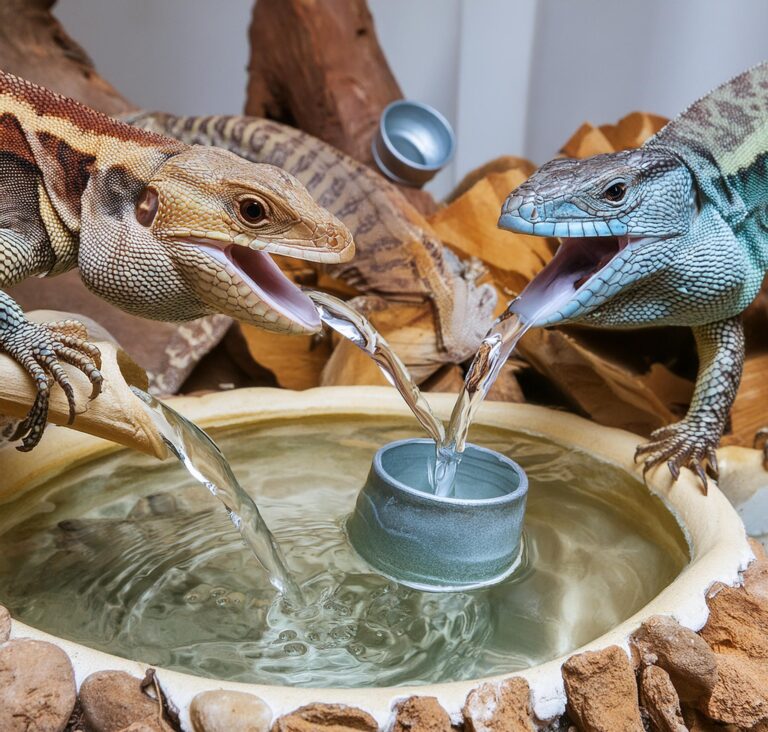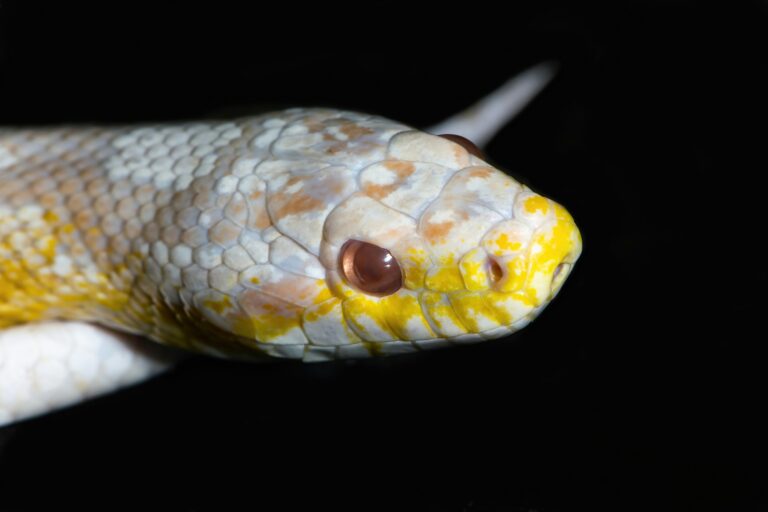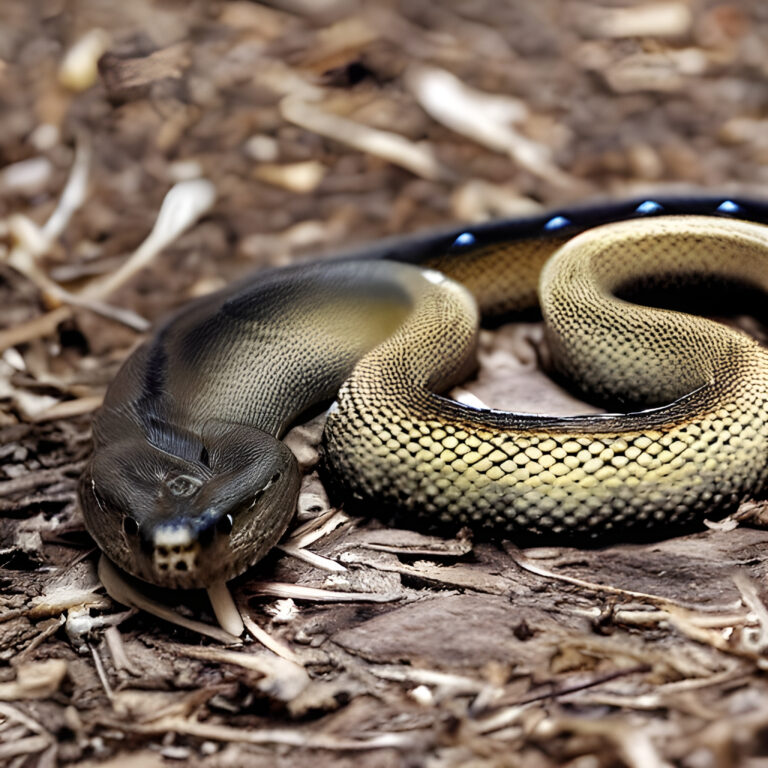Tricks for Successfully Catching Coyotes with Live Traps
Successfully catching coyotes with live traps requires a combination of knowledge, skill, and strategic planning. Understanding the behavior and habits of these elusive predators is essential, as is selecting the right type of trap and setting it up in an effective location. Baiting techniques, trap maintenance, and ethical considerations also play crucial roles in the process. In this article, we will explore various tricks and strategies for effectively capturing coyotes with live traps, ensuring both the safety of the trapper and the humane treatment of the captured animals.

Typical behaviours of coyotes in urban and rural settings
Whether they’re strutting around the city or doing the moonlight howl in the countryside, coyotes are quite the versatile bunch. In urban areas, they might be spotted sifting through trash cans like furry raccoons. On the flip side, rural coyotes may be busy hunting for meals in the wide-open spaces. Watching their moves can help you nab these crafty critters.
Factors influencing coyote movement and activity patterns
Coyotes aren’t freeloaders; they’ve got places to be and things to do. From food availability to weather conditions, a lot affects where these fur balls roam. They might switch up their hangout spots based on the season or even the time of day. Understanding these factors can give you a leg up in setting your trap game strong.
Selecting the Right Live Trap for Coyote Capture
Different types of live traps available for coyotes
When it comes to trapping coyotes, you’ve got options galore. From cage traps to box traps, these contraptions come in all shapes and sizes. It’s like picking the perfect outfit for a night out – choose wisely to ensure a snug fit for your coyote capture mission.
Considerations for trap size and construction materials
Size matters, especially in the trapping world. Coyotes won’t just waltz into any trap; it has to be just right. Plus, you want a trap made of sturdy stuff that can hold up against those sneaky coyote escape plans. Think of it as building a fortress that’s cozy enough to lure in but sturdy enough to keep ’em there.
Setting Up an Effective Trap Location
Identifying high-traffic areas for coyote trapping
Think of coyotes as party animals – they have favorite spots they frequent often. These high-traffic areas are where you want to set up shop for your trap. From cozying up near their dining spots to staking out their secret pathways, knowing where they roam can lead you straight to a successful capture.
Strategic placement of traps for optimal success
It’s all in the trap placement – like a game of coyote chess. You don’t want to just dump your trap anywhere and hope for the best. Strategically positioning your trap where coyotes are likely to stroll by can up your chances of a successful capture. Think of it as setting the stage for a grand coyote performance, with your trap as the star.
Baiting Strategies to Attract Coyotes
Choosing effective bait options for coyotes
Coyotes aren’t easily fooled – they’ve got discerning tastes. From meaty treats to aromatic delights, picking the right bait can make all the difference. Think of it as setting a gourmet feast fit for a coyote king. Choose wisely, and you might just have these wily creatures eating out of your hand.
Utilizing scent attractants to lure coyotes to traps
Coyotes have noses that rival bloodhounds, so why not use that to your advantage? Scent attractants can be like a siren song for these four-legged critters, drawing them closer to your trap with irresistible smells. It’s like setting up a tantalizing perfume counter for coyotes – they won’t be able to resist the allure.
Monitoring and Maintaining Live Traps
Regular Trap Check-ups: Like a diligent pet owner, regularly checking traps can prevent wildlife entrapment issues and ensure a smooth trapping operation.
Clean Trap, Happy Trap: Just like your favorite coffee mug, keeping traps clean and functional is key to continued success in catching those crafty coyotes.
Ensuring Ethical and Humane Handling of Captured Coyotes
Handle with Care: Proper procedures for safely handling and releasing captured coyotes are not just good manners, they’re essential for ethical trapping practices.
Wildlife Warriors Unite: By complying with legal and ethical guidelines for wildlife management, you can ensure that your trapping efforts are as humane as they are effective.
Dealing with Unexpected Challenges and Considerations
Oops, Wrong Guest: Addressing non-target captures in live traps requires ninja-like reflexes and a touch of finesse to release the wrong critters unscathed.
Diplomatic Trapper: Navigating interactions with local wildlife authorities and community members may require a mix of charm, wit, and maybe a batch of freshly baked cookies to smooth things over.
Conclusion
By employing the tricks and techniques outlined in this article, you can enhance your success in capturing coyotes with live traps while minimizing risks and ensuring ethical practices. Remember to always prioritize the well-being of both the coyotes and yourself throughout the trapping process. With diligence, patience, and a comprehensive understanding of coyote behavior, you can effectively manage coyote populations and promote harmony between wildlife and human communities.
Frequently asked questions
1. Is it legal to trap coyotes with live traps?
Regulations regarding trapping coyotes vary by location, so it is crucial to check with local wildlife authorities and comply with all applicable laws and permits before setting up live traps.
2. What should I do if I accidentally trap a non-target animal?
If a non-target animal is inadvertently captured, follow proper procedures for releasing it safely and unharmed. Contact local wildlife authorities for guidance on handling these situations.
3. How often should I check the live traps for captured coyotes?
It is recommended to check the traps at least once every 24 hours to prevent undue stress or harm to any trapped animals and to comply with ethical trapping practices.
Must Read : Natural Ways to Trap Carpenter Bees Without Harmful Chemicals






One Comment